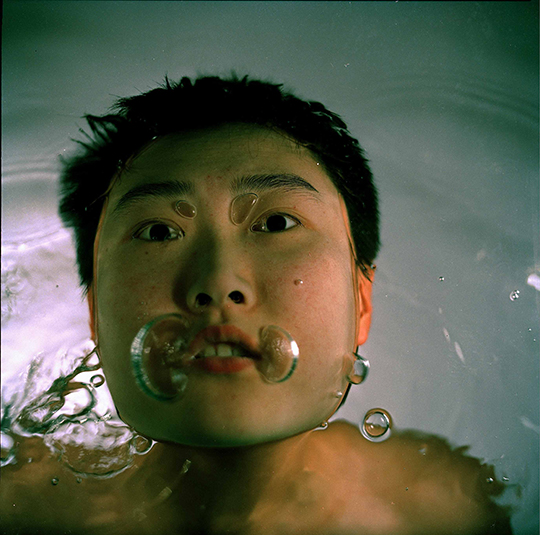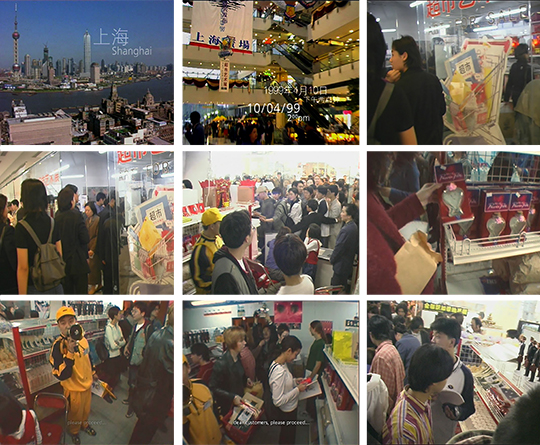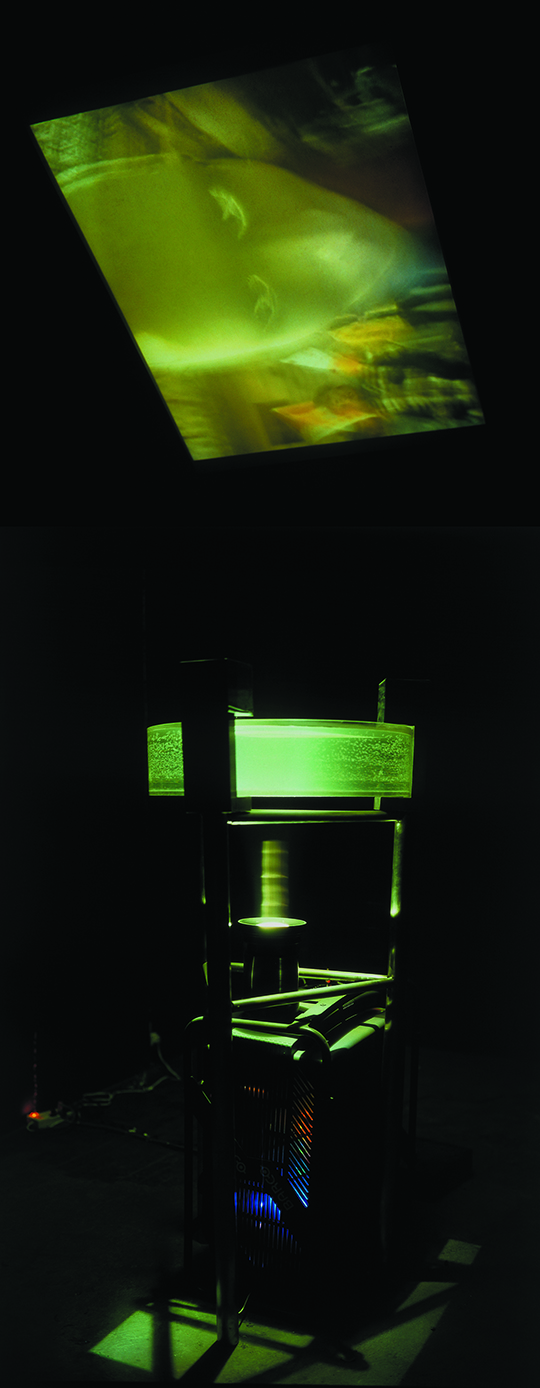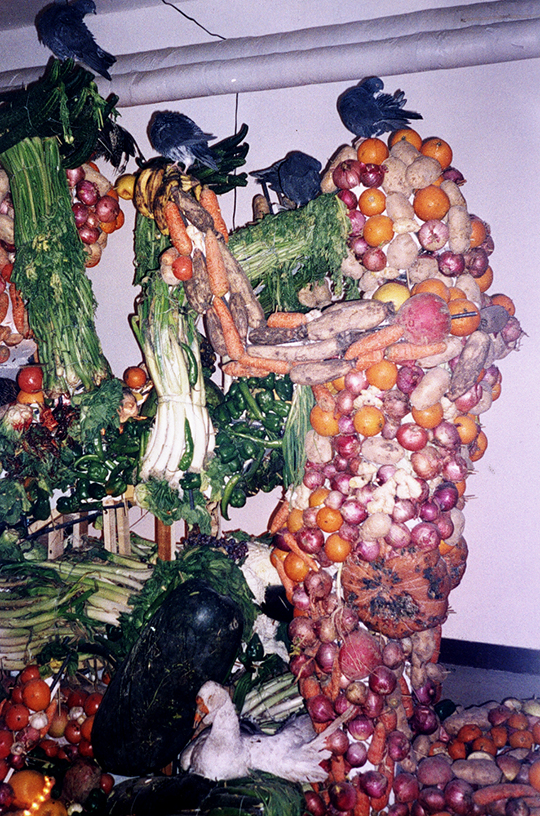THE 1990S ARCHIVES PART I: “POST-SENSE SENSIBILITY: ALIEN BODIES AND DELUSION” AND “SUPERMARKET: ART FOR SALE”
| January 13, 2016 | Post In LEAP 36

1990s, headlined by “Post-Sense Sensibility: Alien Bodies and Delusion” and “Supermarket: Art for Sale,” represent a new generation’s interpretation of the world. Many among reflected on their art educations, choosing to analyze how western art evolved as it did rather than simply mimicking the shapes and methods of familiar work.

Qiu Zhijie had systematically studied Ludwig Wittgenstein with philosopher Chen Jiaying. Unlike the 1980s fashion for philosophy, in which artists accepted concepts wholesale, this new wave applied its learning to the art of the time. This led to a “grand discussion of meaning” on Jiangsu Art Monthly in 1994, in which Qiu emphasizes the importance of presence and physicality in art. Having viewed the work of the Young British Artists on his travels abroad, Qiu promoted a post-rational creative philosophy, urging artists to create a sense of the unfamiliar in their exhibitions in order to allow for rational constructions based on purely emotional foundations.

Critic Lu Mingjun notes that, in the late 1990s, China’s art community and academy both began to reflect on their western counterparts. The New Leftists actively resisted marketization while, thanks to international biennials, contemporary art became a global phenomenon. A younger generation of artists moved from acceptance or rejection towards integration and assimilation, drawing on western art of their generation to reevaluate their own studies of earlier western art history. (Translated by Frank Qian)

Filmed above the crowds on the bridge at the intersection, of Nanjing Road and Xizang Road in Shanghai, the scene is, viewed through the eyes of a mask that is placed in front of, the camera. The video is then projected from underwater to a, screen on the ceiling. The installation is set up in such a way, that the vibrations emitted from the soundtrack will disrupt the, surface of the water, which in turn disrupts the projected image. Courtesy ShanghART Gallery

The underground status of many exhibitions in the 1990s, meant that the risk of being shut down was imminent at any, time. These conditions forced artists to emphasize the sitespecificity, of their projects instead of the meanings of their, works; this influence is particularly visible in Post-Sense, Sensibility and Supermarket.


